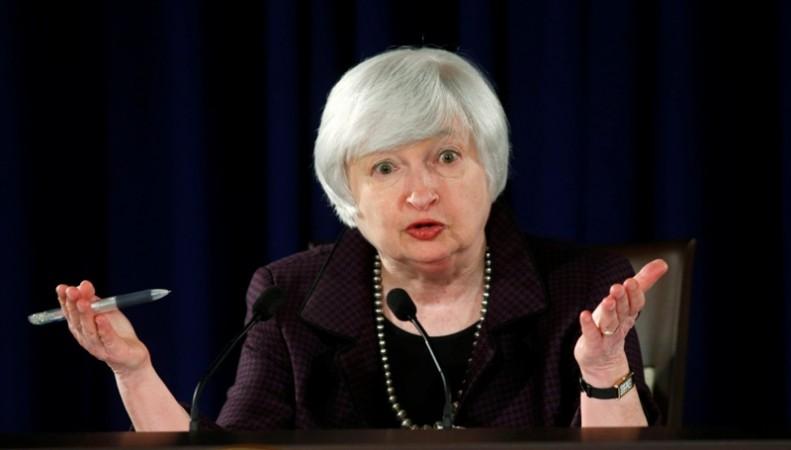
The US economy shows further signs of slowdown following a year of robust growth, casting doubts over the expected start of monetary policy normalisation by the Federal Reserve.
According to the labour department, the employers in the country's non-farm sector added only 126,000 people to their payrolls in March, the smallest gain since December 2013.
"Weak global growth and the strong dollar are having a more sustained impact on the US economy," said Rabobank in a statement.
The manufacturing sector was hit hard by appreciating dollar and cheap crude oil prices as 13,000 people in the sector lost their jobs in March alone, the largest monthly decline since July 2013.
"Since the exchange rate is directly influenced by monetary policy, its impact on the economy will be a major factor in the Fed's timing of the first rate hike. The recent appreciation is putting US exporters at a disadvantage," said the bank.
The greenback appreciated by about 13 percent against its major currencies since June last year underpinned by continued improvement in economic activity that strengthened expectations early interest rate hike by the Fed.
"If the Fed moves too fast, a further appreciation of the dollar could undermine the recovery," said Rabobank.
Small gains in employment numbers for March which are in line with other weak economic data highlight that problems faced by the economy could be fundamental rather than temporary.
Following a streak of disappointing data, many analysts pushed back their expectations on timing of rate hike by the Fed to second half of the year. At the March meeting, the central bank policy makers revised their projection interest rates for 2015 and 2016.
"Now the timing for the lift-off could be delayed to September or even to December. The June date is not off the table, however, assuming the economy and employment rebound," said Sung Won Sohn, an economics professor at California State University Channel Islands in Camarillo, to Reuters.
However, some analysts still expect the central bank to raise key policy rates in June, this year.
"We believe that the biggest hurdle for a June lift-off lies on the demand side. Based on our forecast for a spring rebound, we continue to view the June meeting as a strong contender for a lift-off," said Societe Generale in a report on Friday.

















